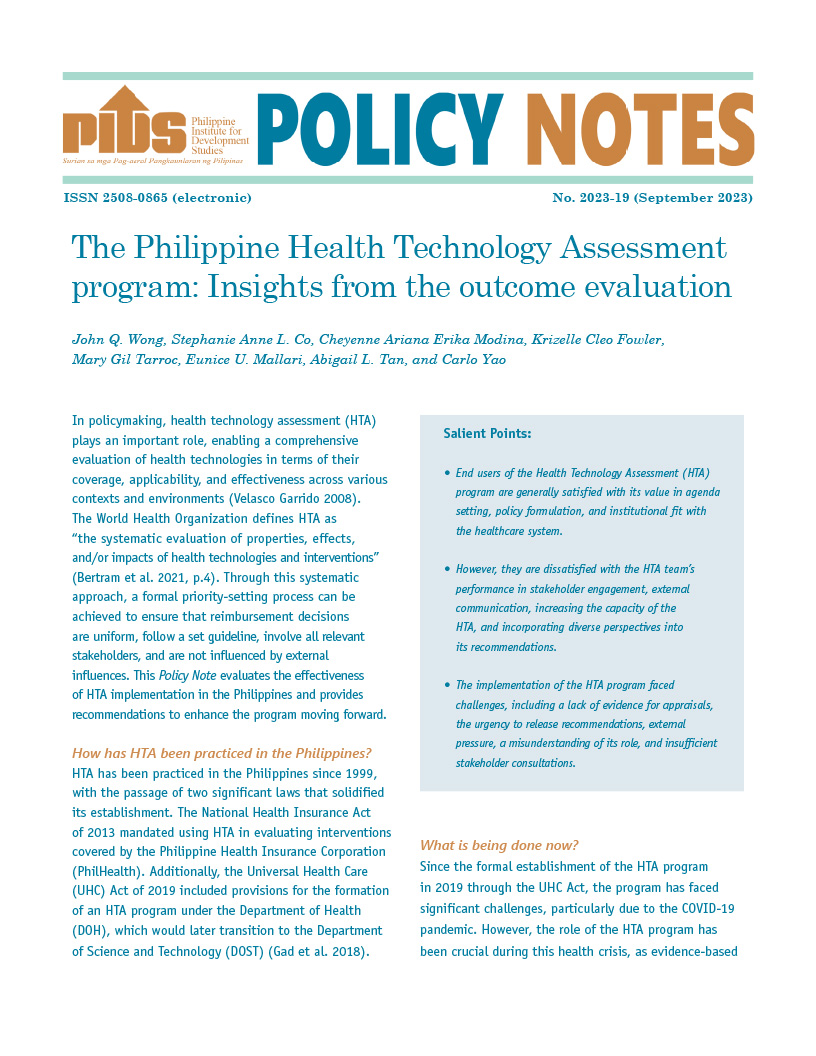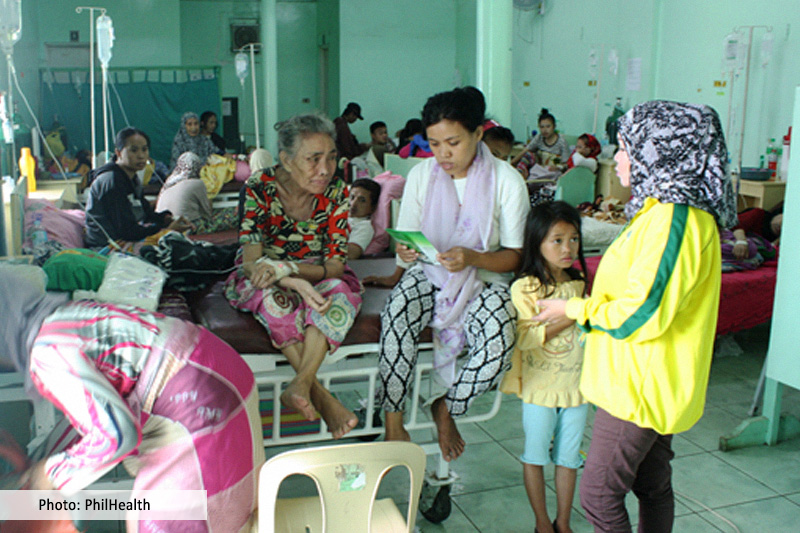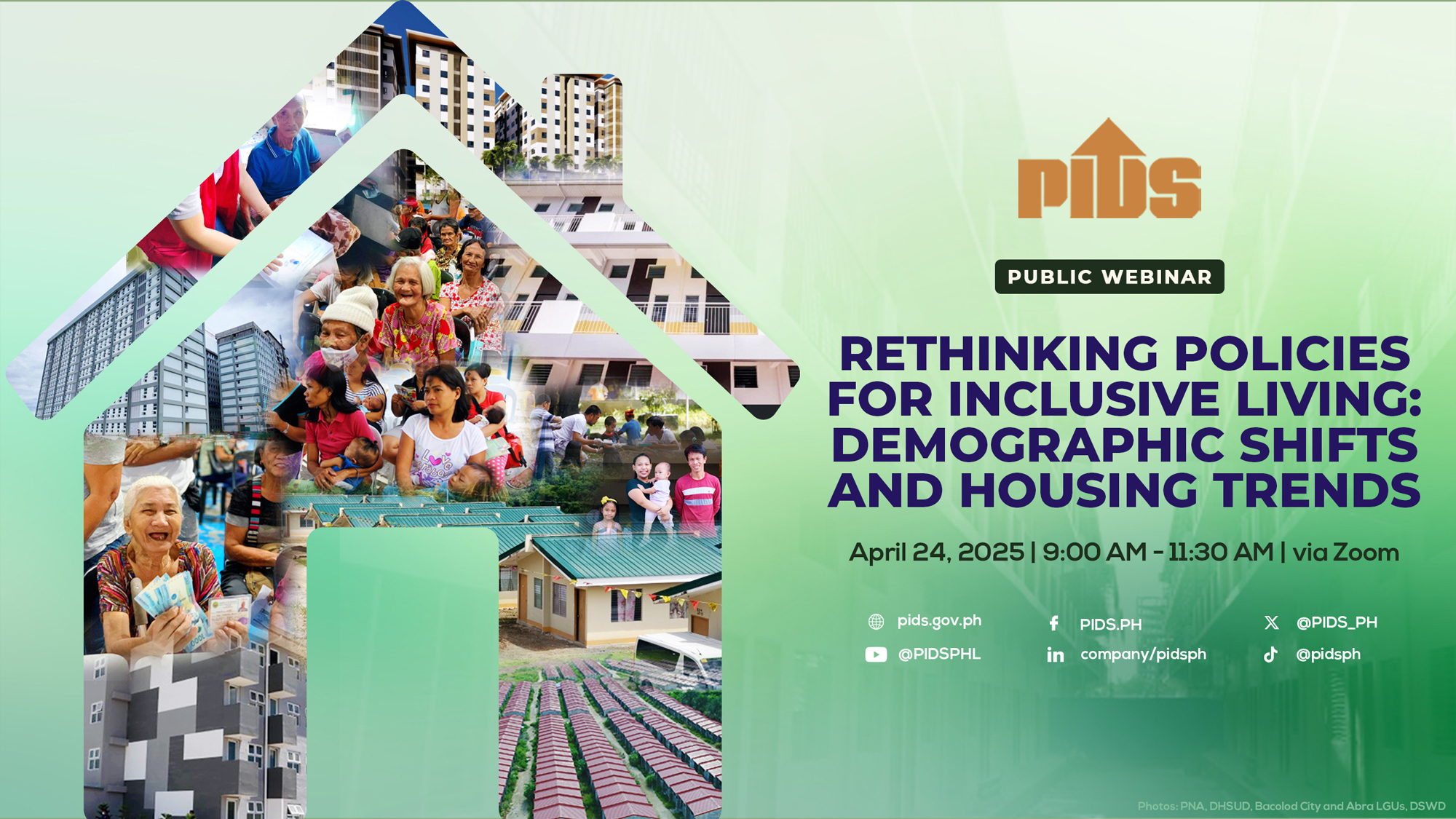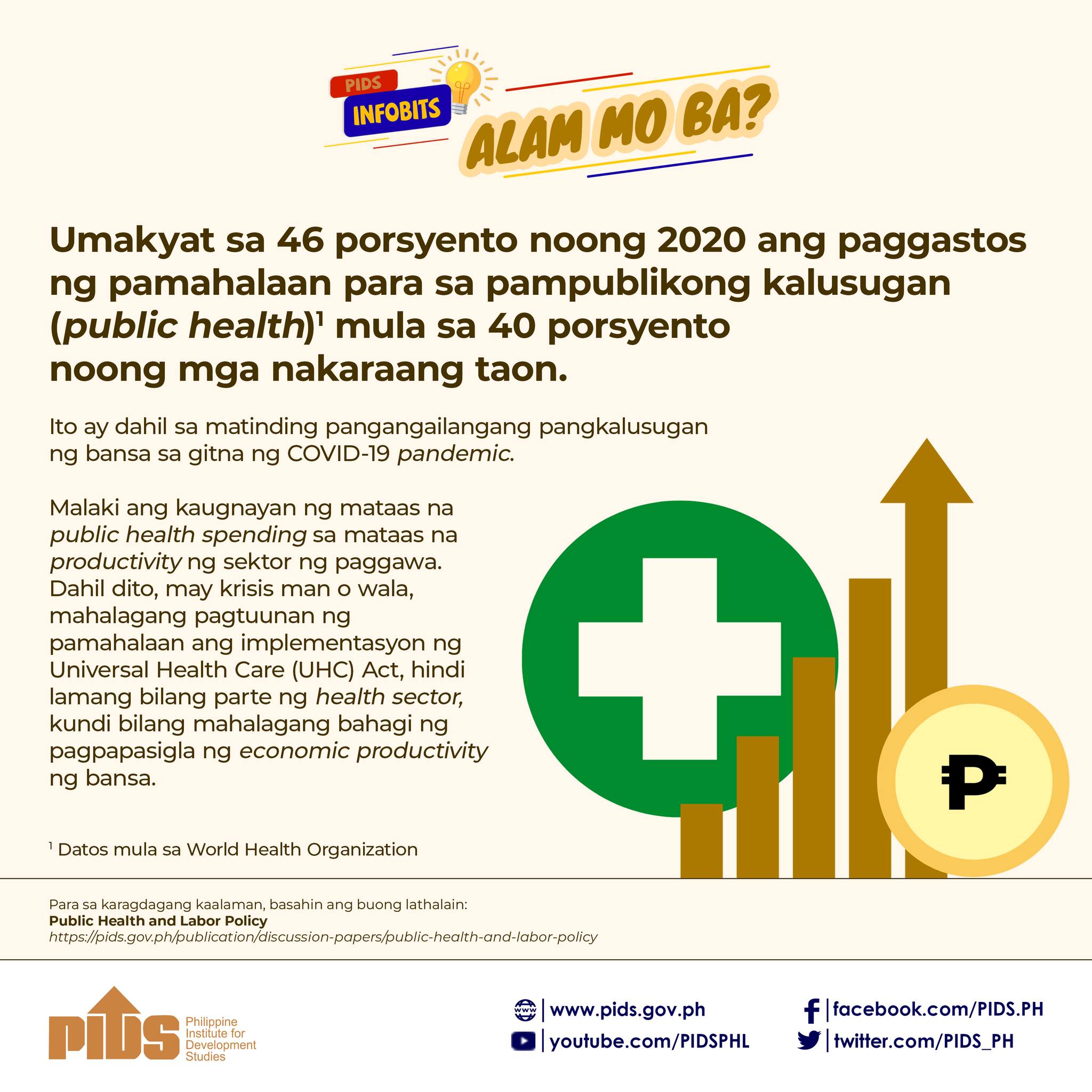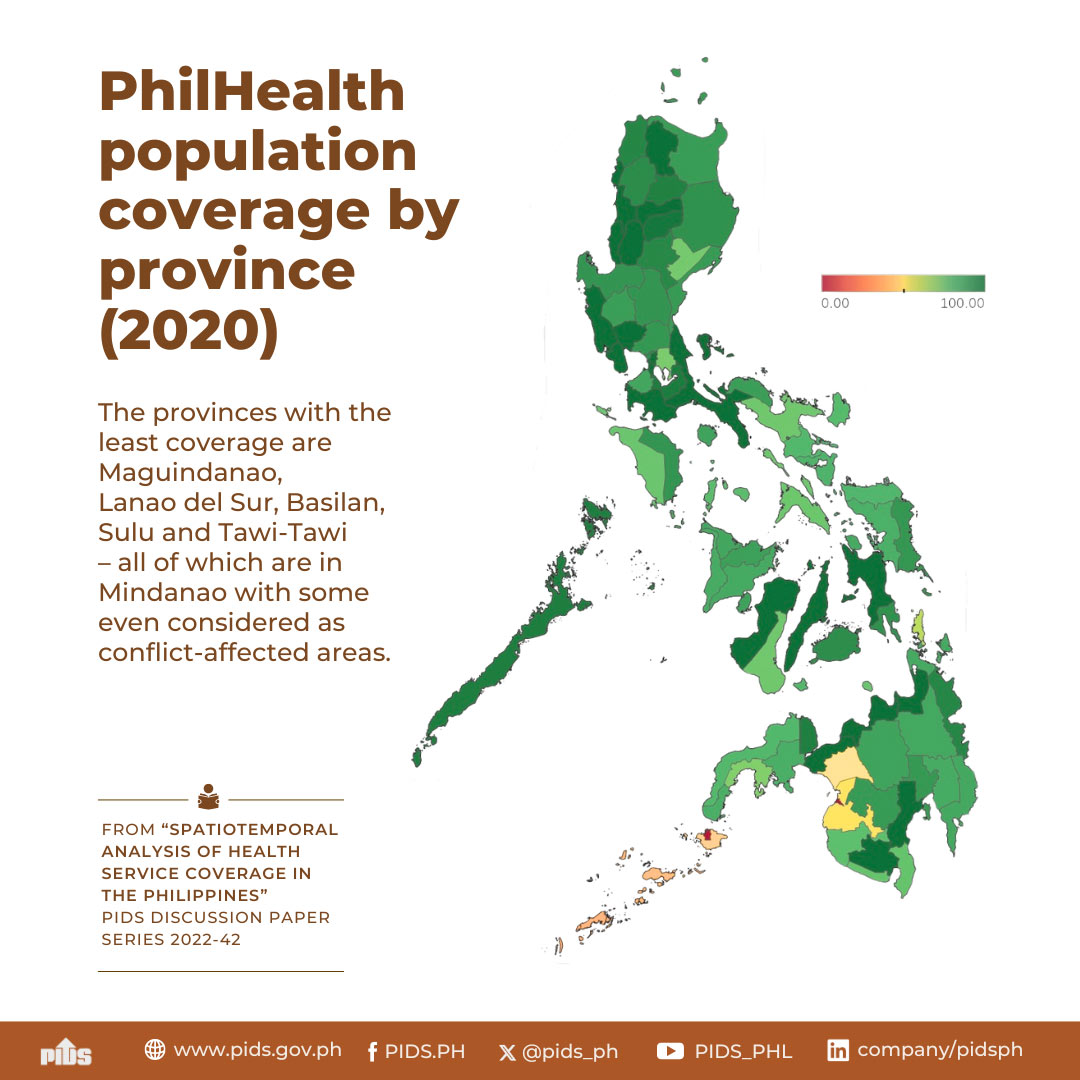Health care providers such as hospitals and primary health care facilities form an integral part of any health system. Providers must have both financial sustainability, such that they are able to continuously deliver health care services without bankruptcy, and sufficient profits to maintain and improve the quality of their services. In this context, the Philippine Health Insurance Corporation (PhilHealth) is envisioned to be the national purchaser of health services that can support both inpatient and primary health care providers in the country while providing financial risk protection for Filipinos. In this paper, we (1) described the financial health of select public and private hospitals in the Philippines, and (2) examined PhilHealth’s current position in relation to its envisioned role as national strategic purchaser for Universal Health Care (UHC). On the financial health of select Philippine hospitals, we found that the size of public and private hospitals in our sample has been growing steadily from 2015 to 2020, with public hospitals turning to government capital investment programs and private hospitals using debt and profits from patients to expand assets. Private hospitals showed decent profitability margins, but they may easily fall into financial distress if their cash flows are disrupted such as from their inability to collect on receivables from health insurance payments. Meanwhile, prior to any government subsidies, public hospitals faced continuous negative profitability margins, signaling that they continuously operate on financial deficits. Ultimately, their heavy reliance on subsidies indicates that public facilities are not self-sufficient and may be chronically underfunded. Limited budgets seem to be channeled towards essential expenses, like personnel services, to keep operations going. Compared with the expectations of UHC for the institution, PhilHealth is still far from functioning effectively as the country’s envisioned national purchaser. In gathering monopsonistic power, PhilHealth has unimpressive purchasing and leveraging power to shape health care provider network (HCPN) behavior and drive UHC goals. PhilHealth's contribution to the country's total health expenditure continues to be stunted, and reliance on household out-of-pocket (OOP) spending is still prominent. Moreover, PhilHealth’s contribution in financing LGU health services, for both hospital and primary health care, was weak compared to consolidated expenditures from LGU themselves. PhilHealth benefit payouts on inpatient claims also significantly overwhelm payments for PHC and outpatient care. The poor coverage of PhilHealth for PHC and outpatient care manifests in its paltry support to HCPN public financing for PHC. PhilHealth has not been able to facilitate equity in financing and access to care: Hospital-leaning payment patterns of PhilHealth is that claim payments are siphoned towards geographic locations and the private sector which have a larger share of total hospitals.
Comments to this paper are welcome within 60 days from the date of posting. Email publications@pids.gov.ph
Citations
This publication has been cited 1 time
- Nicolas, Bernadette. 2021. PIDS study flags PhilHealth’s weaknesses. BusinessMirror.



